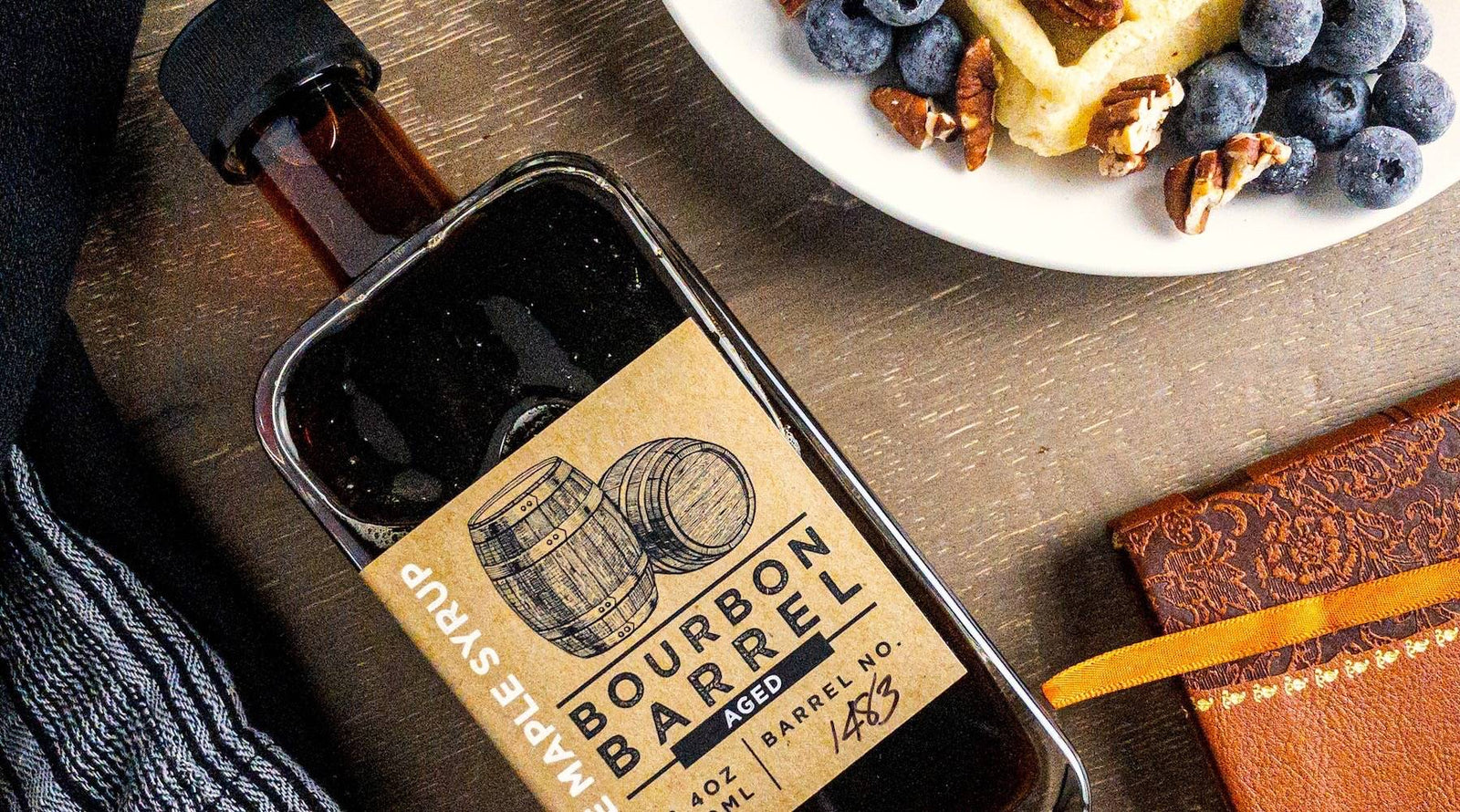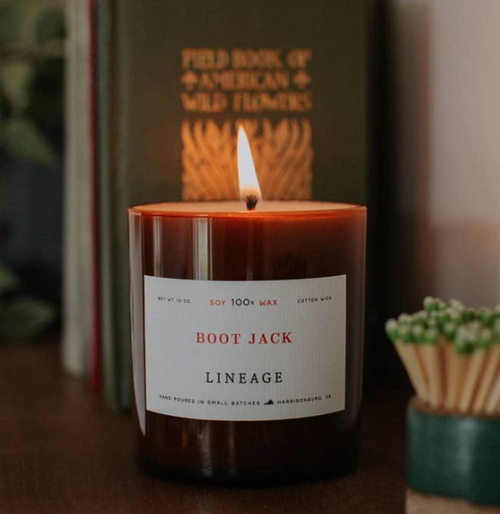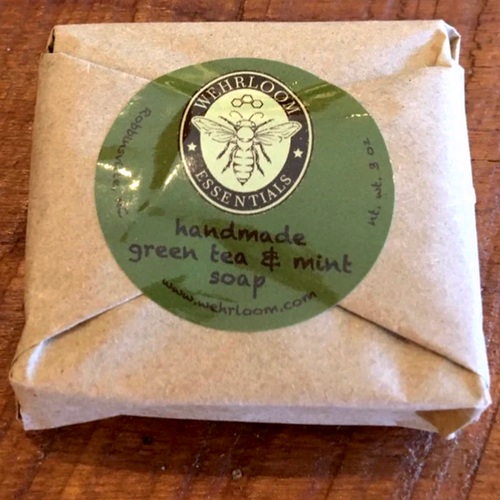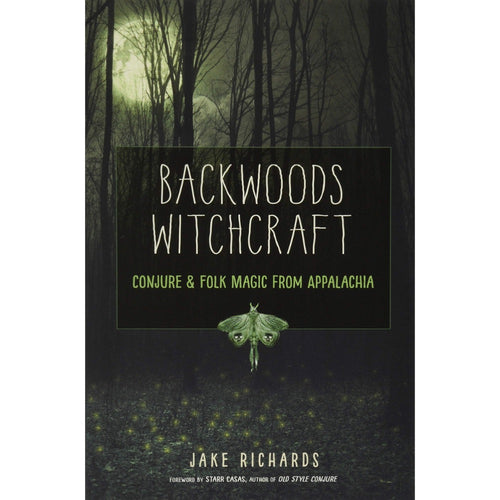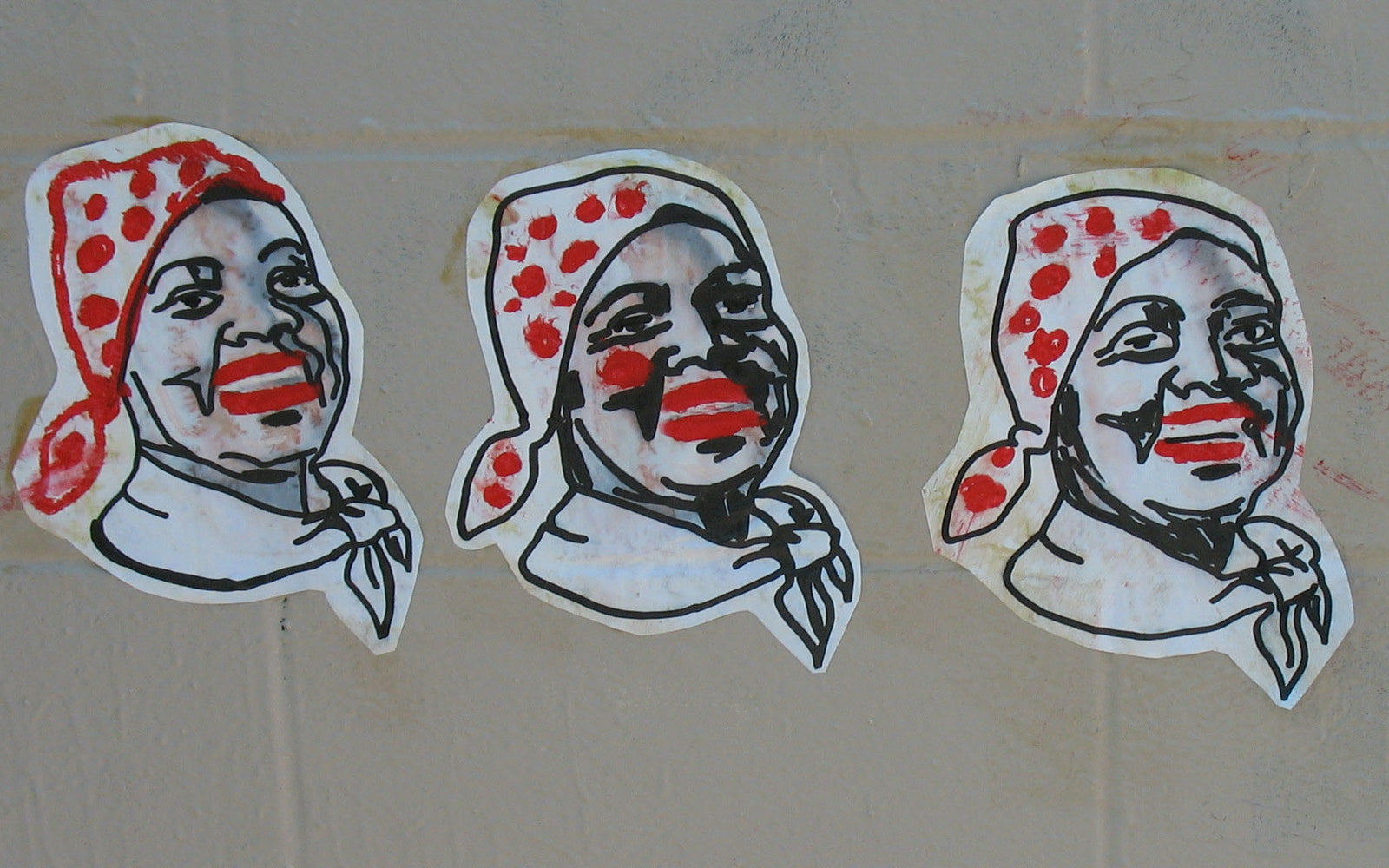
Photo by Rachel on Flickr.
As Quaker Oats acknowledges that Aunt Jemima syrup is "based on a racial stereotype" and rebrands the product, guest writer Dave Tabler looks back at the Appalachian woman who originally portrayed this controversial character.
***
Nancy Green (1834-1923), a former slave from Mt. Sterling, Kentucky, moved to Chicago after the Civil War, where she went on to become one of the first African American models employed by an American company to promote a product.

Nancy Green as Aunt Jemima, by A.B. Frost. Not dated but likely c. 1890s.
They created America’s first ready-mixed pancake flour, and a year later registered the Aunt Jemima trademark and renamed the company the Aunt Jemima Manufacturing Company. In 1893 they sold the Aunt Jemima Manufacturing Company to the R.T. Davis Milling Company.
Nancy Green first appeared to the public that same year, presenting R.T. Davis Milling Company’s pancake mix at the Columbian Exposition (aka Chicago World’s Fair). Before trying out for the Jemima role, she had been working as a domestic for the Walker family, whose children grew up to become Chicago Circuit Judge Charles M. Walker and Dr. Samuel Walker.
Her Aunt Jemima was a hit: “Her exhibition booth drew so many people that special policemen were assigned to keep the crowds moving,” says her bio on the African American Registry.
“The Davis Milling Company received over 50,000 orders, and Fair officials awarded Nancy Green a medal and certificate for her showmanship.” The milling company proclaimed Green ‘The Pancake Queen,’ and signed her to a lifetime contract, which she honored until her death in 1923. Green’s ongoing presence, combined with the sophisticated marketing machine behind her, made such a lasting public impact that the company was renamed Aunt Jemima Mills Company in 1914.
Green’s employers sought to merge her personal history with that of the fictional mammy, though the two couldn’t have been more different. And it worked: The Sunday Morning Star, in its 1923 obituary for her, described how her young charges Charles & Samuel Walker “spread her fame among their boy chums, and before long ‘Aunt Jemima’s pancakes’ became a common phrase in Chicago when good things to eat were discussed. A milling concern heard of her, searched her out, obtained her recipe, and induced her to make pancakes at the World’s Fair.”
Now, perhaps the boys waxed enthusiastic about ‘Nancy Green’s pancakes,’ though THAT phrase was certainly not the common one used throughout Chicago when ‘good things to eat were discussed.’ Nancy Green never created pancakes as ‘Aunt Jemima’ when she was a domestic at the Walkers. Also, Pearl Milling Company had formulated their ready-mix pancake formula long before they ever hired Green. They didn’t need her recipe. “Aunt Jemima’s success,” says Kimberly Wallace-Sanders in Mammy: a century of race, gender and Southern memory, “was predicated upon a fascinating interweaving of commerce, memory, and racial nostalgia that served as a vehicle for post-Civil War national consolidation.
“Aunt Jemima was created to celebrate state-of-the-art technology through a pancake mix; she did not celebrate the promise of post-Emancipation progress for African Americans. Aunt Jemima’s freedom was negated in this role because of the character’s persona as a plantation slave, not a free black woman employed as a domestic.
“An African American woman, pretending to be a slave, was pivotal to the trademark’s commercial achievement in 1893. Its success revolved around the fantasy of returning a black woman to a sanitized version of slavery. The Aunt Jemima character involved a regression of race relations, and her character helped usher in a prominent resurgence of the ‘happy slave’ mythology of the antebellum South.

This doll is the daughter of the fictional character Aunt Jemima. “Diana Jemima” is written near the bottom of her backside. Aunt Jemima and her family were an advertising scheme by the R.T. Davis Mill Co.
“Nancy Green was a middle-aged woman living on the South Side of Chicago, working as a cook and housekeeper for a prominent judge. After a series of auditions, she was hired to cook and serve the new pancake recipe at the World’s Fair. Part of her act was to tell stories from her own early slave life along with plantation tales about Aunt Jemima’s New Orleans childhood written for her by a white southern sales representative.
“The Aunt Jemima trademark was constructed as part of the budding concept of an American Dream for the American family. One year after the Fair, the R.T. Davis Milling Company introduced the Aunt Jemima paper doll family: five dolls that could be cut out from the pancake box. Aunt Jemima’s paper doll family was one of the most popular company premiums; collectors still prize a complete set over the individual dolls.
“This popular re-creation of an African American woman’s life stood in direct opposition to the efforts of real African American women struggling to publicly assert their citizenship. As a symbol of racial harmony, Aunt Jemima proved to be the preferred version of African American womanhood — an exaltation of ‘slaveocracy’ nostalgia.”
***
This story was previously published on Dave Tabler's blog Appalachian History.



